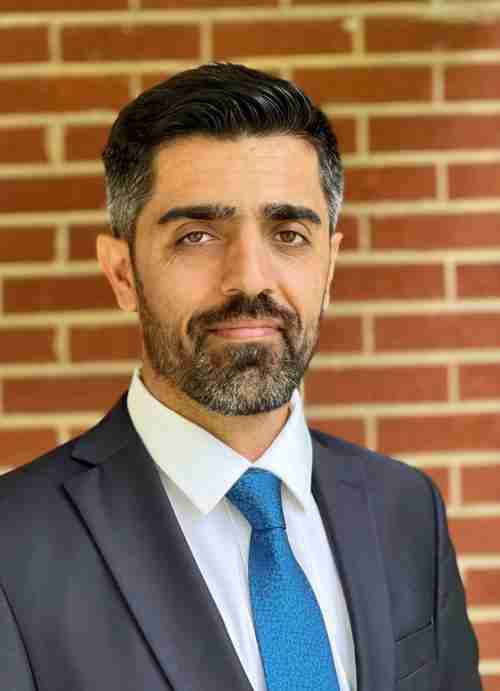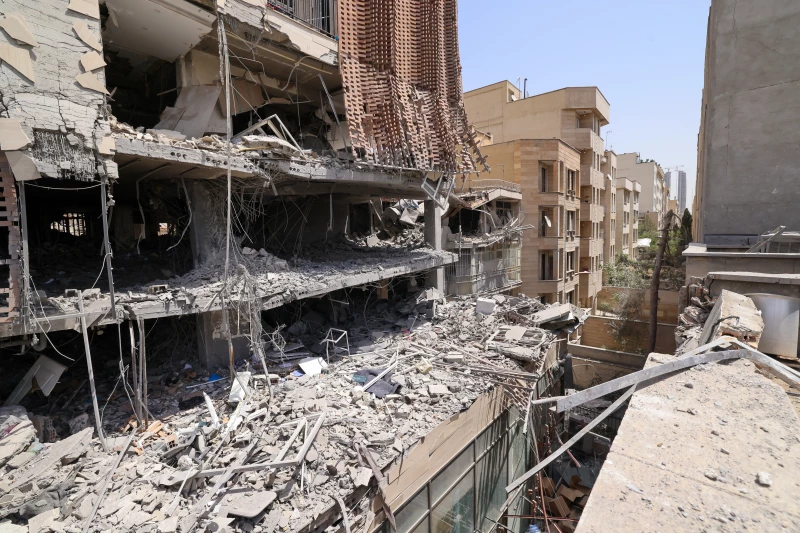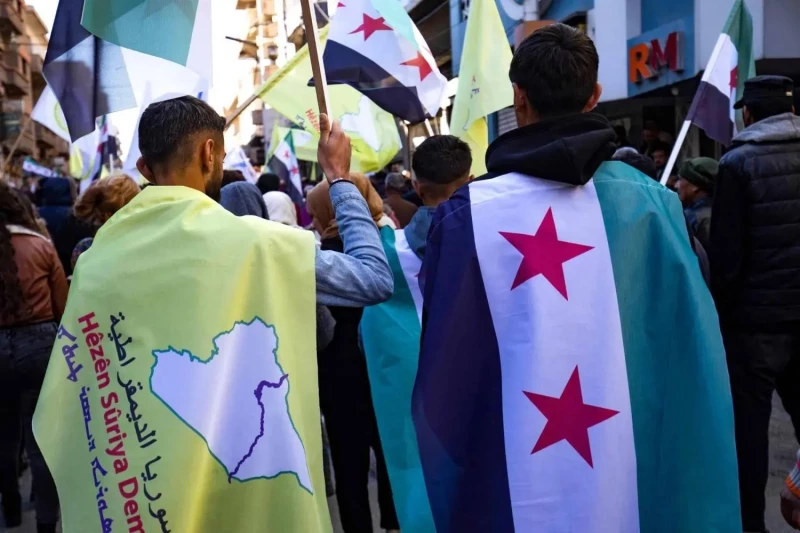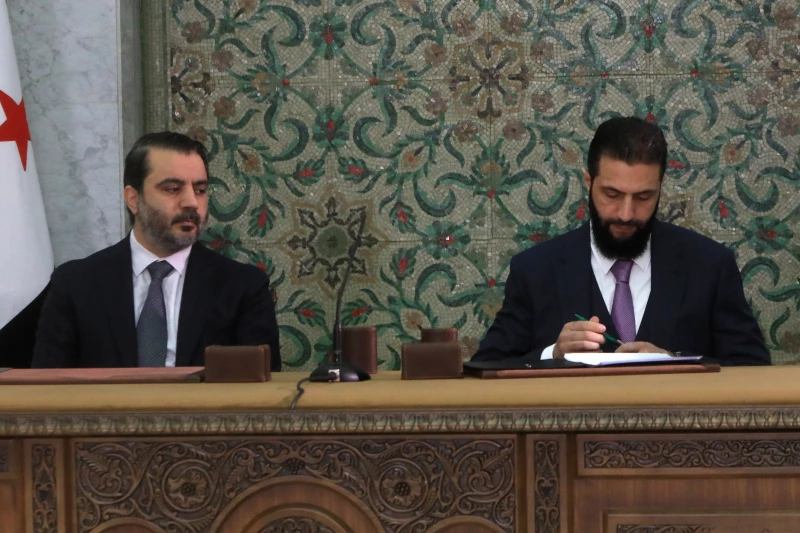Syria is back in the headlines—but for all the wrong reasons. The media spotlight returned to the country following gruesome violence in the Druze-majority Suwayda province in the south in mid-July. Disturbing videos have emerged showing the abuse and execution of Druze civilians by government security forces and allied Sunni tribal forces. One clip shows Druze men being summarily executed in a field (including American citizen Hosam Saraya); multiple video clips show Druze men having their moustaches forcibly shaved amid jeers. Perhaps most harrowing is footage—appearing to show abducted Druze women—visibly terrified, seated in the back of a truck as a Sunni tribal fighter boasts about their capture.
The main violence erupted after Sunni Bedouin tribesmen robbed a Druze vegetable truck driver on July 11. In response, Druze men abducted several Bedouin tribesmen the next day. This triggered a tit-for-tat campaign, culminating in deadly clashes on July 13 and prompting security forces of the Syrian Transitional Government (STG) to storm the province under the pretext of restoring law and order. Their campaign, however, included serious abuses against civilians.
Encountering resistance from Druze fighters and, most importantly, a wave of Israeli airstrikes, STG forces eventually pulled back. In their wake, Sunni tribes from across Syria mobilized, sending thousands of armed men to overpower the Druze and wrest control of the province, committing even more atrocities such as field executions and the abduction of civilians.
One captured fighter from Battalion 62 in Hama claimed they traveled in civilian vehicles to avoid Israeli strikes, and that dozens of foreign fighters had joined them. In one video, a fighter brandishes a rifle marked with the Islamic State (ISIS) insignia. What message does that send to Druze families watching their neighborhoods invaded?
Bedouin civilians were also forced out of the province by the Druze and accusations emerged of some retaliatory attacks by Druze forces against the local Bedouin.
What is clear is this: Ahmed al-Sharaa has made a strategic blunder. By unleashing—or failing to rein in—the campaign of violence in Suwayda, his government has further eroded what little confidence Syria’s minority communities still held toward him.
After the tribal assaults, the interim president even praised the tribes as possessing the “symbol of lofty values and principles,” while condemning the Druze fighters as “outlaw groups.”
It is now, as many have rightly observed, a question of either lacking the intent to stop the violence carried out by his own security forces and allied tribal mobilizations or lacking the capacity to do so. While the latter might offer him some degree of plausible deniability, it is no less alarming for Syria’s minority communities—who had little trust in him to begin with, given his past as a jihadi in al-Qaeda and the extremist policies of the factions he has led, including Jabhat al-Nusra and Jabhat Tahrir al-Sham.
Additionally, Suwayda is neither the Alawite coastal heartland nor the Kurdish-majority Rojava. It falls under de facto Israeli protection and lies at the intersection of Syria’s internal fractures and the region’s broader geopolitical fault lines. Sharaa’s government does not appear to be in a position to prevail in such a confrontation. Hence, failure in Suwayda will likely have repercussions for his ability to assert control over other parts of the country.
The Druze, already vulnerable, will not forget the crisis in Suwayda. Nor will regional players like Israel or Iran, each now with added—albeit different—motives to challenge the emerging order in post-Assad Syria.
Syria ought not to go down this path, especially after the tremendous suffering that Syrians, particularly its Sunni Arab population, have been through over the past 14 years. But the onus is on the Damascus government in the first place, and its foreign backers, mainly Turkey and now increasingly the United States, to clearly signal that the new Syria will not be a place of blind revenge and exclusion and disenfranchisement.
Unfortunately, the images out of Syria over the past several days, with tribal militias appearing thirsty for revenge, bearded armed men, hardly separable from jihadis, some even wearing ISIS patches, brandishing weapons, swords, and battle axes, were hardly reassuring to anyone. One thing the latest violence has made clear is that for Syria to come together meaningfully and voluntarily, the country’s armed forces must undergo fundamental reform. Compared to other actors, General Mazloum Abdi of the US-backed Syrian Democratic Forces (SDF) could be a good choice for defense minister, given the overall discipline and non-sectarian track record of his forces—despite some allegations of misconduct, particularly related to child recruitment.
The US response amid all this has been interesting. As violence escalated in Suwayda, US responses revealed different approaches in Washington and beyond. Ambassador Tom Barrack avoided assigning blame, calling “on all sides... to come to a peaceful, inclusive outcome.” He later praised the Syrian government as “trustworthy” and blamed Israel for undermining stability. He later appeared to absolve Syrian security forces of responsibility for the Suwayda atrocities, despite media reports indicating otherwise.
In contrast, Secretary of State Marco Rubio, posting from his personal X account rather than the official State Department handle, appeared to suggest at least some involvement by government forces, calling the situation a “calamity” and urging the Syrian government to hold accountable those responsible for atrocities, “including those in their own ranks.”
Perhaps the strongest US statement came from Congressman Abe Hamadeh, who condemned the “barbaric violence” against the Druze and called for urgent reform. Of Druze and Kurdish heritage, he advocated for building a new Syrian state reflective of the country’s ethnic and religious mosaic—making the most forceful US case yet for inclusive governance.
Against this backdrop, not all hope is lost for Syria. Syria is an entangled web of local, regional, and international interests. Unraveling it is not impossible—but it is immensely challenging. To be fair to President Sharaa, he inherited one of the worst conditions in modern history: a country torn apart by dictatorship and deep social ruptures. On top of that, he faces one of the harshest geopolitical dilemmas any modern leader has confronted.
Syria’s Sunni Arab population—estimated at around 70 percent and the base from which Sharaa hails—paid a tremendous price to bring down the Assad regime. But one thing Sharaa, and many Sunni Arab political, intellectual, and social elites, must shed is the sense of sole ownership over Syria. Other ethnic and religious communities also have visions of dignity and rights rooted in their own identities and histories—the Druze and Alawite communities had their own states in the 1920s and 1930s under French rule, following the collapse of the Ottoman Empire. The visions for new Syria don’t have to be locked in zero-sum warfare.
Sharaa must also resist pressure from Turkey to replicate its exclusionary model of statehood. Ironically, even some in Turkey’s own leadership have recognized its limits—who would have thought ultranationalist Devlet Bahceli would propose Kurdish and Alevi vice presidents?
Syria can forge a stable unity rooted in genuine recognition of its diversity. Clinging to outdated 19th-century European notions of nationhood—or the illusion of one group’s supremacy—will only pull Syria deeper into the abyss. The pre-WWI models of regional, ethnic, and religious decentralized rule in the Middle East—adapted into modern frameworks—can serve as a guiding principle for rebuilding Syria. As a federal country itself, the US should support such a decentralizing vision as the best guarantee of Syria remaining a unified state in the long run. All sides in Syria today listen to Washington.
The views expressed in this article are those of the writer and do not necessarily represent the position of The New Region's editorial team.

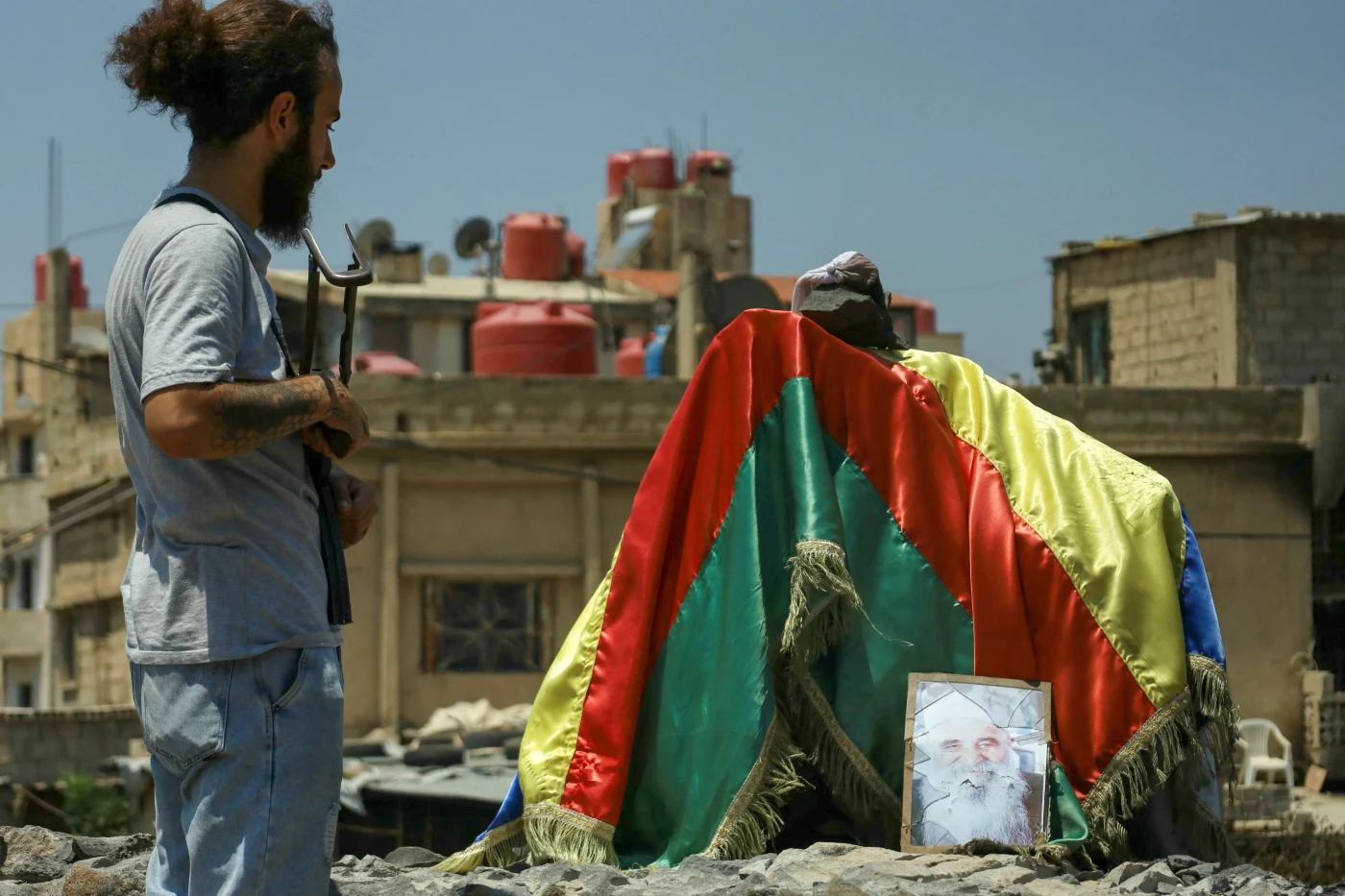
 Facebook
Facebook
 LinkedIn
LinkedIn
 Telegram
Telegram
 X
X
